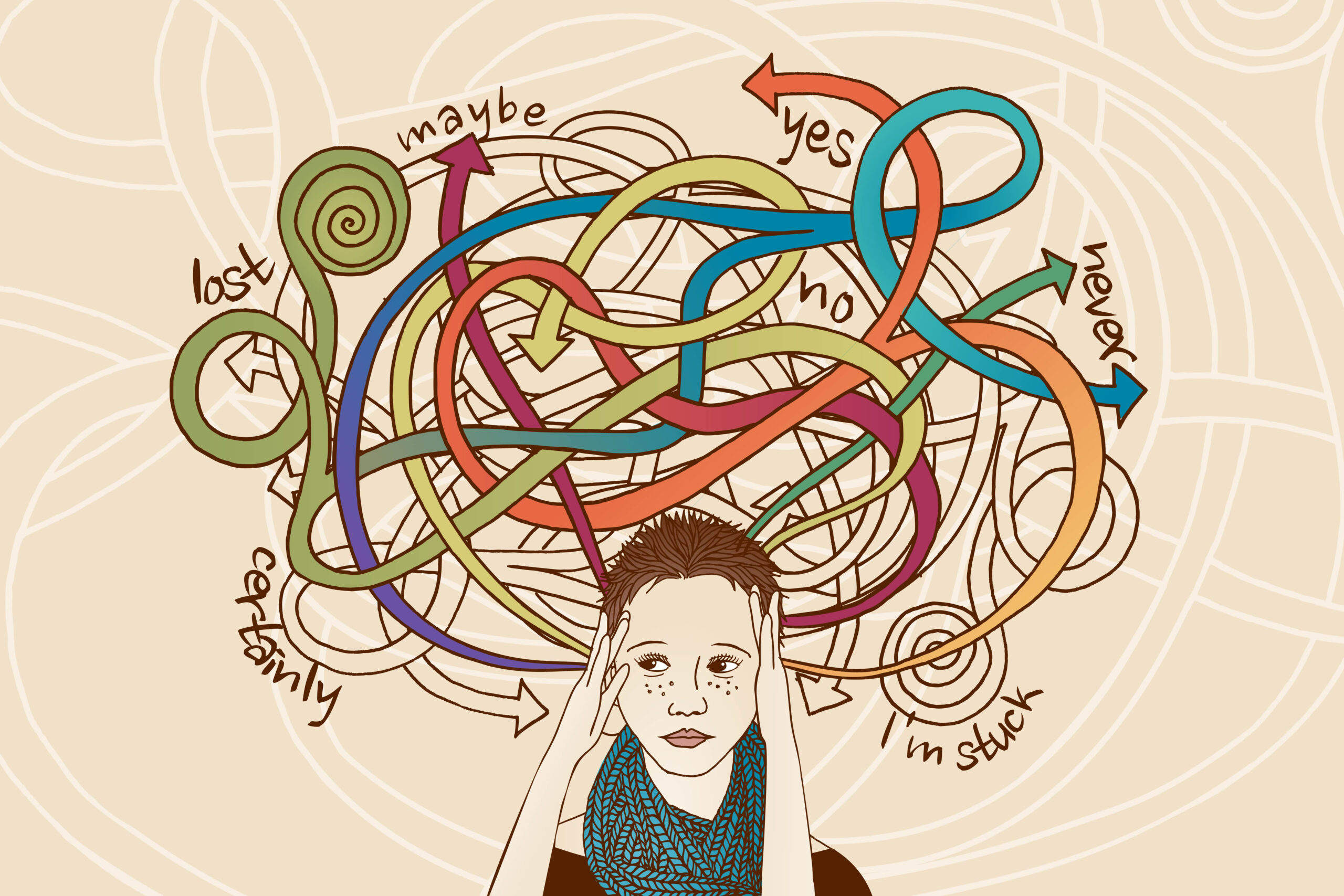Keywords: depression, symptoms of depression, types of depression, depression treatment, mental health, teen depression, childhood depression, depression diagnosis
What Is Depression?
Depression, medically known as major depressive disorder, is a common but serious mental health condition. It affects how you feel, think, and handle daily activities. Unlike temporary sadness, depression causes persistent feelings of emptiness, hopelessness, and disinterest in life.
It’s normal to feel down occasionally, especially during times of loss or major life changes. However, when these feelings linger for more than two weeks and interfere with daily functioning, it may indicate a clinical form of depression — which is treatable with proper care.
📌 Looking for help? Check out our Mental Health Resources page for support options.
Is Depression Curable?
There is no definitive cure for depression, but many people achieve remission with ongoing treatment and support. It’s absolutely possible to live a happy, fulfilling life with depression through the right combination of therapy, medication, and lifestyle changes.
Common Symptoms of Depression
According to the DSM-5 (Diagnostic and Statistical Manual of Mental Disorders), a diagnosis typically requires at least five of the following symptoms lasting two weeks or more:
- Persistent low mood, especially in the mornings
- Loss of energy or constant fatigue
- Feelings of worthlessness or guilt
- Hopelessness or pessimism
- Difficulty concentrating or making decisions
- Insomnia or oversleeping
- Loss of interest in activities once enjoyed
- Recurrent thoughts of death or suicide
- Slowed behavior or agitation
- Unexplained weight loss or gain
Other signs include:
- Irritability or restlessness
- Overeating or loss of appetite
- Unexplained aches and pains
- Persistent feelings of sadness or anxiety
🎨 Tip: Include a simple infographic showing “10 Signs of Depression” to improve engagement and help visual learners.
Depression in Children and Teens
Childhood Depression
Children may not always be able to express their feelings, but persistent sadness, irritability, or behavioral changes can be red flags. Pay attention to:
- Withdrawal from activities or friends
- Academic struggles
- Loss of interest in play or hobbies
Teen Depression
In teens, moodiness is common — but depression goes deeper. Signs include:
- Social isolation
- Substance use
- Poor academic performance
- Expressions of worthlessness
📚 Learn more in our blog: Signs of Mental Health Struggles in Teens
What Causes Depression?
While the exact cause of depression is still being studied, several factors are believed to contribute:
- Brain structure & chemistry: Irregularities in brain activity and neurotransmitter levels like serotonin and norepinephrine
- Hormonal imbalances: Pregnancy, menopause, thyroid issues
- Genetics: Family history of depression increases risk
- Life events: Trauma, grief, financial stress, or chronic illness
Types of Depression
There are various types of depressive disorders, each with unique features:
- Major Depressive Disorder (Unipolar Depression)
- Persistent Depressive Disorder (Dysthymia) – lasts 2+ years
- Seasonal Affective Disorder (SAD) – linked to seasonal changes
- Postpartum Depression – occurs during or after pregnancy
- Premenstrual Dysphoric Disorder (PMDD) – severe premenstrual symptoms
- Substance-Induced Depression
- Depressive Disorder due to Medical Condition
🧠 See our article on Different Types of Depression for in-depth explanations.
Conditions That Often Occur with Depression
People with depression frequently have coexisting conditions like:
- Anxiety disorders
- Obsessive-compulsive disorder (OCD)
- Eating disorders
- Substance abuse
- Phobias or panic attacks
Early intervention and holistic treatment are key to managing co-occurring disorders.
Depression and Suicide Risk
Depression can, in severe cases, lead to thoughts of self-harm or suicide. Warning signs include:
- Talking about death or suicide
- Self-isolation
- Aggressive behavior
- Impulsiveness
- Giving away possessions
If you or someone you know is in crisis, don’t wait:
☎️ Call a suicide prevention hotline Or go to the nearest emergency room.
How Depression Is Diagnosed
A mental health professional may use the following tools:
- Physical exam
- Blood tests to check hormone levels
- Psychiatric evaluation
- Questionnaires
- Diagnostic criteria from the DSM-5
Early diagnosis helps improve the outcome. If you recognize these signs in yourself or a loved one, don’t hesitate to seek professional help.
Depression Treatment Options
Treatment plans are tailored to individual needs and may include:
1. Medication
Antidepressants (SSRIs, SNRIs, etc.) may help restore chemical balance. Some people benefit from a combination of medications.
2. Psychotherapy
Cognitive Behavioral Therapy (CBT), talk therapy, and other approaches help explore emotional triggers and coping mechanisms.
3. Hospital or Residential Care
Severe cases may require short-term hospitalization for safety and intensive treatment.
4. Brain Stimulation Therapies
- Electroconvulsive Therapy (ECT): Used when other treatments fail.
- Transcranial Magnetic Stimulation (TMS): Non-invasive and effective for some.
💡 Check out our post on Top Therapy Options for Depression to explore what’s best for you.
Final Thoughts
Depression is real, complex, and highly treatable. Whether you’re dealing with it yourself or supporting someone who is, know that help is available and recovery is possible.
📥 Subscribe to our newsletter for more insights on mental health and wellness.
📌 Read next: How to Practice Self-Care During Depression
Tags: #Depression #MentalHealthAwareness #DepressionTreatment #EmotionalWellbeing #SeasonalDepression
